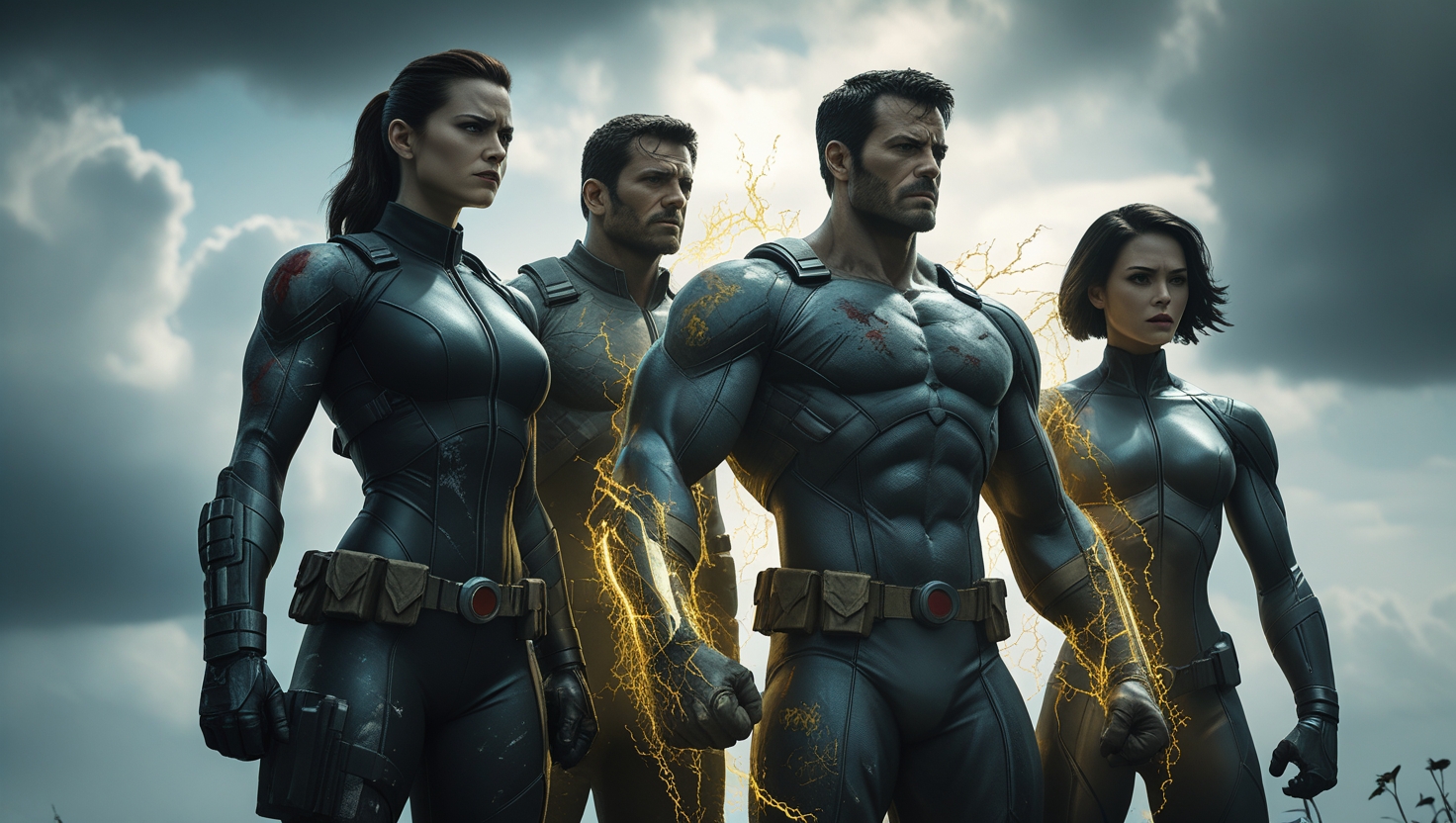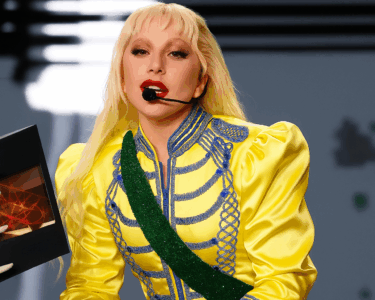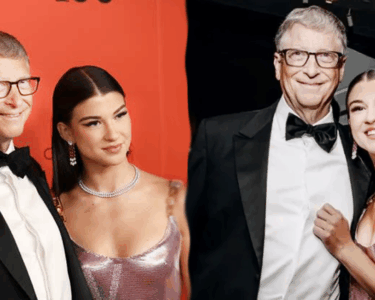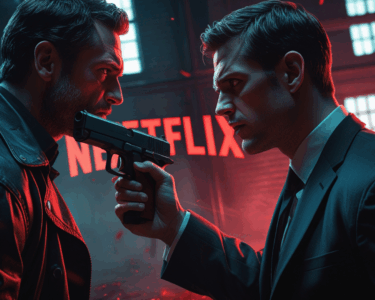A Hesitant Return to Wonder
As somebody who had nearly totally tuned out of the Wonder superhero Cinematic Universe — aside from a couple of half-hearted viewings here and there — I wasn’t beyond any doubt what to anticipate when I sat down for Thunderbolts. To be legitimate, my consideration was part between adjusting a unstable container of pop and a bucket of popcorn whereas scrambling to form sense of my desires. My brother’s routine delay didn’t offer assistance either; we faltered into the theater fair as the famous Wonder intro blurred from the screen.
Luckily, we made it fair in time to see Yelena Belova — the sharp-tongued professional killer to begin with presented in Dark Dowager — in activity. Without giving absent as well much, Yelena found herself adjusting two exceptionally distinctive but similarly challenging missions. The moment was a overwhelming one:
winning over an gathering of people of exhausted MCU fans. By one means or another, she — and her impossible squad — pulled it off.
Not Fair Oddballs — Companions
Whereas the term “misfits” might appear like a slick name, “companions” feels more fitting to portray the outfit of Thunderbolts. The film centers on something frequently ignored in present day superhero flicks — the esteem of staying together. In an period when nuanced anti-heroes can in some cases feel cliché or spent, Thunderbolts oversees to breathe life into the figure of speech by advertising characters we’ve seen some time recently — in their darkest and most broken states. The address isn’t whether they’ll spare the world, but whether they’ll spare themselves.
Filling the Passionate Holes Cleared out by the Justice fighters
As Thunderbolts unfurled, I couldn’t offer assistance but reflect on my long-standing issues with the first Vindicators. Whereas that lineup advertised blockbuster minutes and witty chitchat, the passionate stick that ties a group felt lean. Aside from their shared mission to spare the world, honest to goodness individual associations among the six unique Vindicators continuously appeared dubious at best.
Beyond any doubt, the MCU gave us clashes like Gracious War, and short lived minutes of camaraderie, but in case you couldn’t envision Natasha and Thor having a genuine heart-to-heart, was it ever a genuine group? Thunderbolts addresses that disengage. It doesn’t drive fellowships where they do not have a place. Instep, it grasps the crudeness of blemish, amassing a cast of scarred and complicated people who are joined together more by circumstance than by plan.
Grasping Blemish
Executive Jake Schreier admirably maintains a strategic distance from the cleaned, poster-friendly “dream team” approach. Thunderbolts is unapologetically around flaw. Its characters aren’t idealized superheroes but imperfect human creatures hooking with past disappointments, ethical ambiguities, and inward evil presences. Instead of commending their injury, the film treats their wounds as substances that shape — but do not characterize — them.
These are individuals learning to be human once more, not icons to be revered. And like weapons that can both ensure and crush, these characters wrestle with their possess instability. The account emphasizes that mending and recovery do not come effortlessly — they require purging the magazine to begin with, going up against each apparition and grievance some time recently moving forward.
The Improbable Bonds
This shared battle to “let go” is what eventually draws the group together, whether they need it or not. It feels like a cinematic gather treatment session — one where each character must go up against their individual beasts. Not at all like Justice fighters:
Endgame’s clumsy dealing with of injury (no, slapping a froze partner isn’t viable counseling), Thunderbolts takes a more legitimate and reflective approach.
It gets to be a demulcent for longtime MCU fans who’ve yearned for something more grounded. No convoluted multiversal plots, no approaching outsider attacks — fair a calm, inside war to recover one’s misplaced character.
Standout Characters and Exhibitions
For fans commonplace with Ava Starr from Ant-Man and the Wasp, her return is clashing. Once frantic to elude her agonizing condition, she’s presently back in a cycle she long looked for to maintain a strategic distance from — a agonizing update of how simple backslides can be. John Walker, played by Wyatt Russell, is another standout — a man concealing profound uncertainties underneath the disintegrating veneer of past eminence.
Of course, Sebastian Stan’s Bucky Barnes proceeds to resound as a image of strength. His travel from the Winter Warrior to a man endeavoring for control over his life remains one of the MCU’s most compelling curves. In the mean time, Lewis Pullman conveys a shockingly important make a big appearance as Robert “Bounce” Reynolds. His depiction of enthusiastic confinement is frequenting, capturing the moderate, choking drag of estrangement that numerous battle to verbalize.
A Diagram for Future MCU Movies
The magnificence of Thunderbolts lies in how actually the characters’ stories entwined. They shouldn’t work together, they do not especially need to, but they can’t deny the acknowledgment they see in each other. As they explore their shared reflections and encounters, they inch closer to settling the inside fights they’ve been battling the longest.
Whereas desires were sky-high for this passage, Thunderbolts evades the trap of overpromising and underdelivering. It illustrates that a superhero motion picture doesn’t require enormous stakes or interdimensional chaos to take off a enduring affect. Now and then, all it takes is to halt looking outward and begin figuring with what’s been covering up inside.





